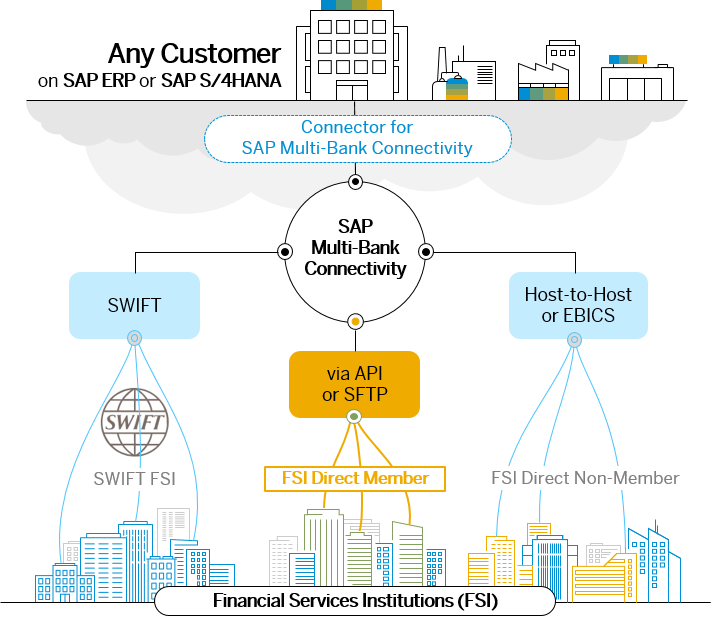
| /BSNAGT/ALERT | 检查警报 |
| /BSNAGT/ARC_CU | 维护保留时间 |
| /BSNAGT/ARC_DELETE | 删除已归档消息 |
| /BSNAGT/ARC_PREP | 选择要归档的消息 |
| /BSNAGT/ARC_RELOAD | 重新加载已归档消息 |
| /BSNAGT/ARC_WRITE | 归档所选消息 |
| /BSNAGT/CHECK_QUEUES | 检查 XI 队列 |
| /BSNAGT/DELEXPALERTS | 删除已过期警报 |
| /BSNAGT/DELEXPMSG | 删除已过期消息 |
| /BSNAGT/DELPING | 删除 Ping 消息 |
| /BSNAGT/FILE_MONI | 连接器监控器 |
| /BSNAGT/FILE_MONI2 | 测试:连接器监控器 |
| /BSNAGT/FILE_SEND | 将消息发送到 FSN |
| /BSNAGT/INDEX_CREATE | 创建搜索索引 |
| /BSNAGT/INDEX_DELETE | 删除搜索索引 |
| /BSNAGT/INDEX_TEST | 测试搜索索引创建 |
| /BSNAGT/LOG | FSN 连接器日志 |
| /BSNAGT/MONITOR | 连接器监控器 |
| /BSNAGT/MONITOR_ADMI | 连接器监控器(管理) |
| /BSNAGT/MSG_PULL | 拉取 FSN 消息 |
| /BSNAGT/MSGIDNRO | 维护编号范围(消息标识) |
| /BSNAGT/PICK_FILES | 文件提取 |
| /BSNAGT/PING | 发送 Ping 请求 |
| /BSNAGT/PULL_LOG | 拉取日志 |
| /BSNAGT/RFC | HTTP API 连接测试 |
| /BSNAGT/SEARCH | 有效负载搜索 |
| /BSNAGT/SEARCH_MSG | 搜索消息(无搜索索引) |
| /BSNAGT/SETEXPMSG | 检查/设置已过期消息 |
| /BSNAGT/SETPROFILEID | 设置/更新 SSF 参数文件标识 |
| /BSNAGT/TOOLS | FSN 连接器工具 |
| /BSNAGT/TRACE | 跟踪监控器 |
| /BSNAGT/TRACE_DEL | 删除跟踪 |
| /BSNAGT/UPLOAD_FILE | 手动创建财务服务网络消息 |
SAP Multi-Bank Connectivity
SAP Multi-Bank Connectivity is an SAP Business Technology Platform (BTP) solution managed by SAP to provide customers connectivity with their banks.
Use
Note
This guide is pre-filtered on content when your SAP Multi-Bank Connectivity tenant is deployed in the Cloud Foundry environment of the SAP Business Technology Platform. If your tenant is deployed in the Neo environment, simply choose Neo Environment up in the filter. If you don't see any filter, please choose Show Filter in the action bar. You can switch between the two types of documentation anywhere in the document.
SAP Multi-Bank Connectivity is based on integration services deployed in BTP that enable the integration of business processes spanning different departments, organizations, or companies.

For the integration between the customer's SAP system and SAP Multi-Bank Connectivity, the connector for SAP Multi-Bank Connectivity is utilized. All messages to and from SAP Multi-Bank Connectivity pass through the connector. Message monitoring is available at the connector for SAP Multi-Bank Connectivity using either the classical Connector Monitor (/BSNAGT/MONITOR, for releases before SAP S/4HANA 1909 FP01) or the Manage Bank Messages SAP Fiori app (starting at SAP S/4HANA 1909 FP01 or SAP S/4HANA Cloud). Each message sent through the connector for SAP Multi-Bank Connectivity has a sender ID, receiver ID, message type, file name, message content, as well as other context information, such as SWIFT parameters or approval user information required for the integration towards the banks.
Features
SAP Multi-Bank Connectivity supports the exchange of all types of messages. The most relevant sources of messages are automated, but other sources and message types can also be sent to the cloud service or can be received.
Outbound Messages from SAP System to Bank
The available integration scenarios for outbound communication are as follows:
-
Payments from:
-
Payment Run
-
FI-CA
-
Employee Central Payroll (ECP)
-
Advanced payment management
-
-
Treasury confirmations
-
Generic file pickup
When the settings of the payment format indicate to send the message to SAP Multi-Bank Connectivity, no physical payment file is created. Instead a message is created within the connector for SAP Multi-Bank Connectivity. This message includes the payment format content. After connectivity between the connector and SAP Multi-Bank Connectivity has been established, the message is immediately sent from the connector to SAP Multi-Bank Connectivity and then on to the bank.
For more information, see Outbound Payment Processing.
Inbound Messages from Bank to SAP Customer
Since SAP Multi-Bank Connectivity is closely integrated with the SAP back-end system, it can seamlessly update various other modules in the SAP system once the messages are available from the banks.
The process is as follows:
-
The Pull Messages report running as a scheduled job (/BSNAGT/MESSAGES_PULL) pulls messages from SAP Multi-Bank Connectivity.
-
The message is processed by the respective business process triggered by the connector for SAP Multi-Bank Connectivity based on the message type.
Based on the message type, the system either triggers automatic processing or triggers a download to a file directory or sets the status of the message to indicate that manual processing is required.
Supported processes for automated processing include the following:
-
Payments
-
Payment messages (all formats)
-
Status messages
-
Intraday statements
-
End of day statement
-
Lockbox
-
-
Confirmations
-
MT300 /MT320
-
-
Bank fee reports
-
Bank Service billing
-
For more information, please see Inbound Message Processing.
All other processes are for manual processing in the connector for SAP Multi-Bank Connectivity.
For upcoming features, see the SAP Road Map Explorer编辑 for SAP Multi-Bank Connectivity.


























 被折叠的 条评论
为什么被折叠?
被折叠的 条评论
为什么被折叠?










